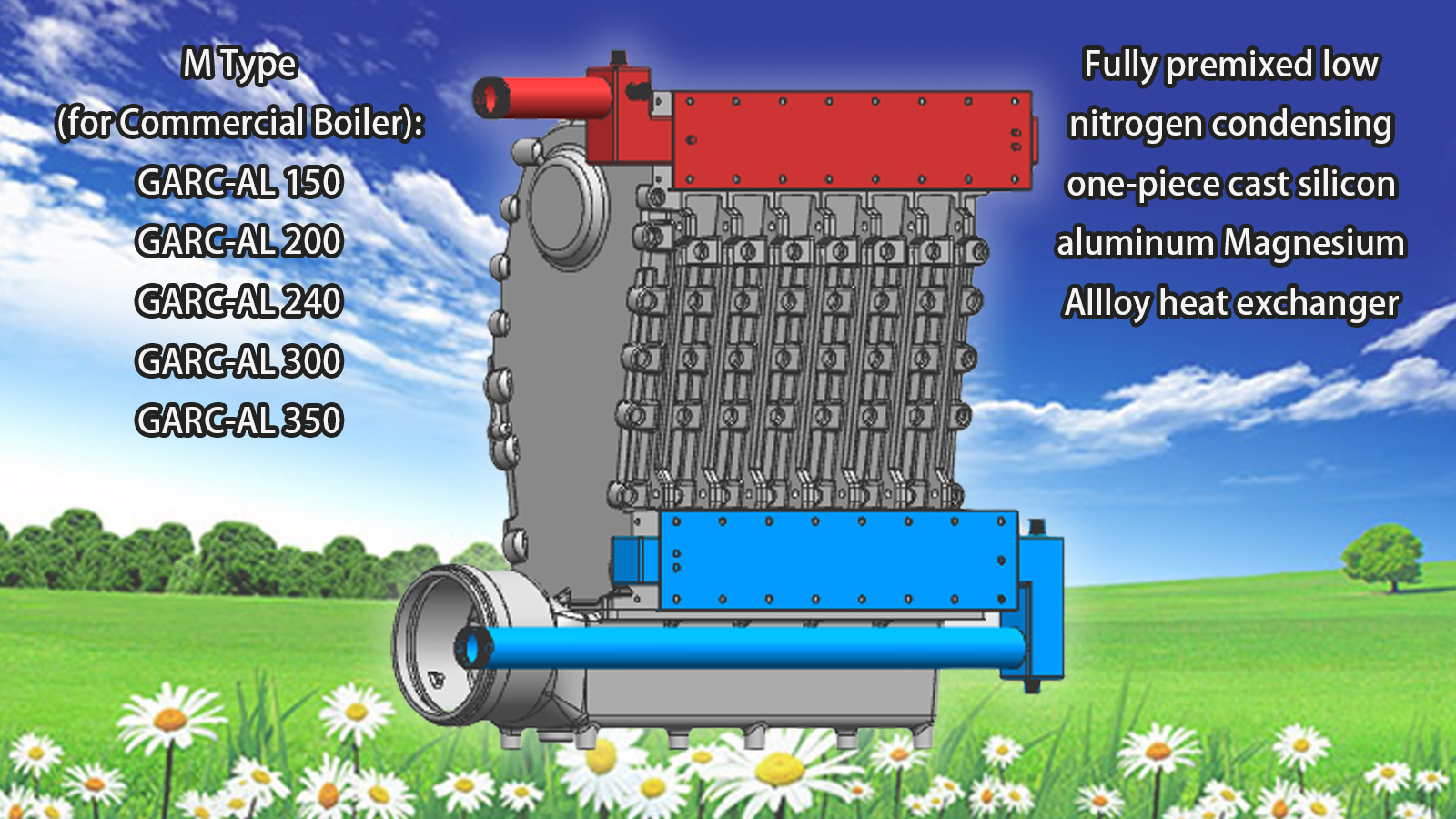- Afrikaans
- Albanian
- Amharic
- Arabic
- Armenian
- Azerbaijani
- Basque
- Belarusian
- Bengali
- Bosnian
- Bulgarian
- Catalan
- Cebuano
- China
- China (Taiwan)
- Corsican
- Croatian
- Czech
- Danish
- Dutch
- English
- Esperanto
- Estonian
- Finnish
- French
- Frisian
- Galician
- Georgian
- German
- Greek
- Gujarati
- Haitian Creole
- hausa
- hawaiian
- Hebrew
- Hindi
- Miao
- Hungarian
- Icelandic
- igbo
- Indonesian
- irish
- Italian
- Japanese
- Javanese
- Kannada
- kazakh
- Khmer
- Rwandese
- Korean
- Kurdish
- Kyrgyz
- Lao
- Latin
- Latvian
- Lithuanian
- Luxembourgish
- Macedonian
- Malgashi
- Malay
- Malayalam
- Maltese
- Maori
- Marathi
- Mongolian
- Myanmar
- Nepali
- Norwegian
- Norwegian
- Occitan
- Pashto
- Persian
- Polish
- Portuguese
- Punjabi
- Romanian
- Russian
- Samoan
- Scottish Gaelic
- Serbian
- Sesotho
- Shona
- Sindhi
- Sinhala
- Slovak
- Slovenian
- Somali
- Spanish
- Sundanese
- Swahili
- Swedish
- Tagalog
- Tajik
- Tamil
- Tatar
- Telugu
- Thai
- Turkish
- Turkmen
- Ukrainian
- Urdu
- Uighur
- Uzbek
- Vietnamese
- Welsh
- Bantu
- Yiddish
- Yoruba
- Zulu
नवम्बर . 13, 2024 15:25 Back to list
classification of heat exchanger
Classification of Heat Exchangers
Heat exchangers are vital components in various industries, allowing for the efficient transfer of heat between two or more fluids at different temperatures. They play a crucial role in energy conservation, process optimization, and environmental protection. Understanding the classification of heat exchangers is essential for selecting the right type for specific applications.
Heat exchangers can be categorized based on various criteria, including flow arrangement, construction materials, heat transfer mechanisms, and application areas.
1. Flow Arrangement
One of the primary ways to classify heat exchangers is by their flow arrangement. The most common configurations are
- Counterflow Heat Exchangers In this design, the two fluids flow in opposite directions. This arrangement allows for a higher temperature difference over the length of the heat exchanger, enhancing heat transfer efficiency. Counterflow heat exchangers are ideal for applications requiring a high heat transfer rate.
- Parallel Flow Heat Exchangers Here, the fluids flow in the same direction. This arrangement typically results in a lower temperature difference along the flow path, which can decrease heat exchanger efficiency compared to counterflow designs. However, they are simpler and more compact, making them suitable for specific situations.
- Crossflow Heat Exchangers In this configuration, the two fluids cross each other at a right angle. Crossflow exchangers provide a balance between the efficiency of counterflow and the simplicity of parallel flow designs. They are widely used in air conditioning and refrigeration systems.
2. Construction Materials
Heat exchangers can also be classified based on the materials used in their construction
- Metallic Heat Exchangers Typically made from materials like stainless steel, copper, or aluminum, metallic heat exchangers offer high thermal conductivity and durability, making them suitable for a wide range of temperatures and pressures.
classification of heat exchanger

- Non-metallic Heat Exchangers These include exchangers made from materials such as plastic or ceramics
. Non-metallic heat exchangers are resistant to corrosion and suitable for specific chemical processes where metal can deteriorate.3. Heat Transfer Mechanisms
Based on the method of heat transfer, heat exchangers can be categorized as
- Conductive Heat Exchangers These rely on conduction as the primary method of heat transfer. They are typically used in applications where the temperature difference across the solid boundary is significant.
- Convective Heat Exchangers Using convection as the primary mechanism for heat transfer, these include finned tube designs that enhance the heat exchange surface area, improving efficiency.
4. Applications
Heat exchangers can be classified based on their application areas
- Industrial Heat Exchangers Used in manufacturing plants and refineries, these exchangers manage heat transfer in processes such as chemical reactions and material processing.
- HVAC Heat Exchangers Essential in heating, ventilation, and air conditioning systems, these exchangers facilitate temperature regulation and energy efficiency in residential and commercial buildings.
- Power Generation Heat Exchangers Often used in power plants, these exchangers play a crucial role in increasing the efficiency of energy conversion processes.
In conclusion, the classification of heat exchangers serves as a helpful guide for engineers and designers when selecting the most appropriate device for specific applications. By considering factors such as flow arrangement, construction materials, heat transfer mechanisms, and application areas, one can ensure optimized thermal management, leading to better energy efficiency and reduced operational costs. Understanding these classifications equips professionals to address diverse thermal challenges across various industries effectively.
-
8mm Thin-Walled Cast Steel Manhole Cover Pallet Bottom Ring | Durable
NewsAug.04,2025
-
Premium Cast Iron Water Main Pipe: Durable, Corrosion-Resistant
NewsAug.03,2025
-
Durable Cast Iron Water Mains | AI-Optimized Systems
NewsAug.02,2025
-
High-Efficiency Propane Boiler for Baseboard Heat | Save Energy
NewsAug.01,2025
-
Premium Source Suppliers for Various Gray Iron Castings
NewsJul.31,2025
-
Durable Cast Iron Water Main Pipes | Long-Lasting
NewsJul.31,2025


